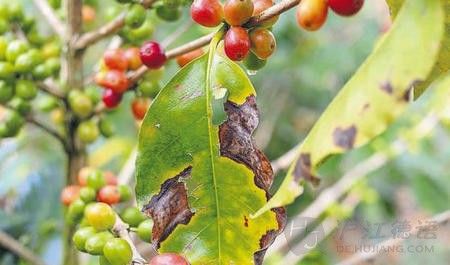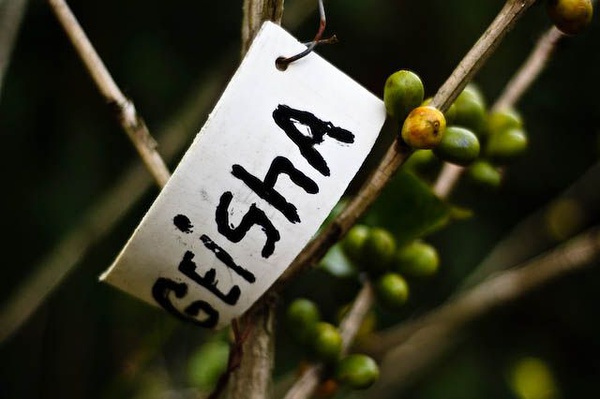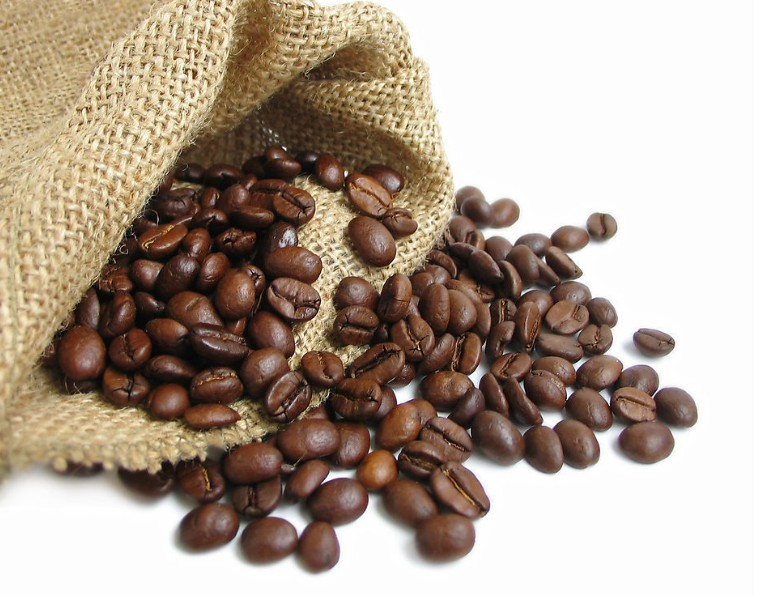Introduction to the diseases of coffee beans: leaf rust caused by camel rust, the most destructive disease of coffee trees
Coffee rust
The most destructive coffee tree disease is caused by coffee camel rust (Hemileia vastatrix). The disease has long occurred in coffee-producing areas such as Africa, the near East and India, Asia and Australasia. It first appeared in the Western Hemisphere in 1970 and was found in Brazil. Once thriving coffee plantations in Sri Lanka and Java were destroyed by the disease. The symptoms are small yellow oil spots on the surface of the leaves, then expand into bright orange to red spots, and finally turn brown with a yellow edge. The rust spores are stacked on the lower surface of the leaves, orange-yellow, and then turn black. The diseased leaves droop and fall off gradually, and the plant dies within a few years. The control method is to spray fungicides in time during the wet season. Plantations in some areas have moved to cooler places at an altitude of 1800 ∼ 2100 meters (6000 ∼ 7000 feet), where rust is not easy to reproduce. The implementation of quarantine also reduces the chances of long-distance dissemination.

Source:
Coffee lecturer's blog
Important Notice :
前街咖啡 FrontStreet Coffee has moved to new addredd:
FrontStreet Coffee Address: 315,Donghua East Road,GuangZhou
Tel:020 38364473
- Prev

Introduction of World Fine Coffee Beans: Classification and Introduction of Guixia Panama Coffee Beans
Geisha is a very rare coffee variety that has been causing a stir among coffee connoisseurs worldwide for more than five years, considered the brightest, richest and most aromas of coffee varieties. Before it gained international fame, Guixia was founded by Don Pachi, a small town in southwest Ethiopia.
- Next

Get to know the Coffee from six Central American countries: a detailed introduction to Guatemala Coffee beans
The temperature of Guardiola is about 15 degrees. Because of the long mountains and the great climatic changes in the region, Guardiola has created eight major coffee producing areas in the country, all located on the highland topography under tropical weather. The rainfall is stable, the fertile volcanic ash soil is in a good environment, and the coffee beans produced are all Arabica, each with different flavor and characteristics, and the first-class sour taste and fruit.
Related
- Guji coffee producing area of Guji, Ethiopia: Humbela, Shakiso, Wulaga
- What is the most expensive variety of Qiloso in BOP multi-variety group?
- How to store the coffee beans bought home?
- Why are Yemeni coffee beans so rare now?
- Ethiopian Sidamo all Red Fruit Sun Sun Santa Vini Coffee beans
- SOE is mostly sour? What does it mean? Is it a single bean? what's the difference between it and Italian blending?
- Is Italian coffee beans suitable for making hand-brewed coffee?
- How to choose coffee beans when making cold coffee? What kind of coffee beans are suitable for making cold coffee?
- Just entered the pit to make coffee, what kind of coffee beans should be chosen?
- Can only Japan buy real Blue Mountain Coffee? What are authentic Jamaican Blue Mountain coffee beans?

